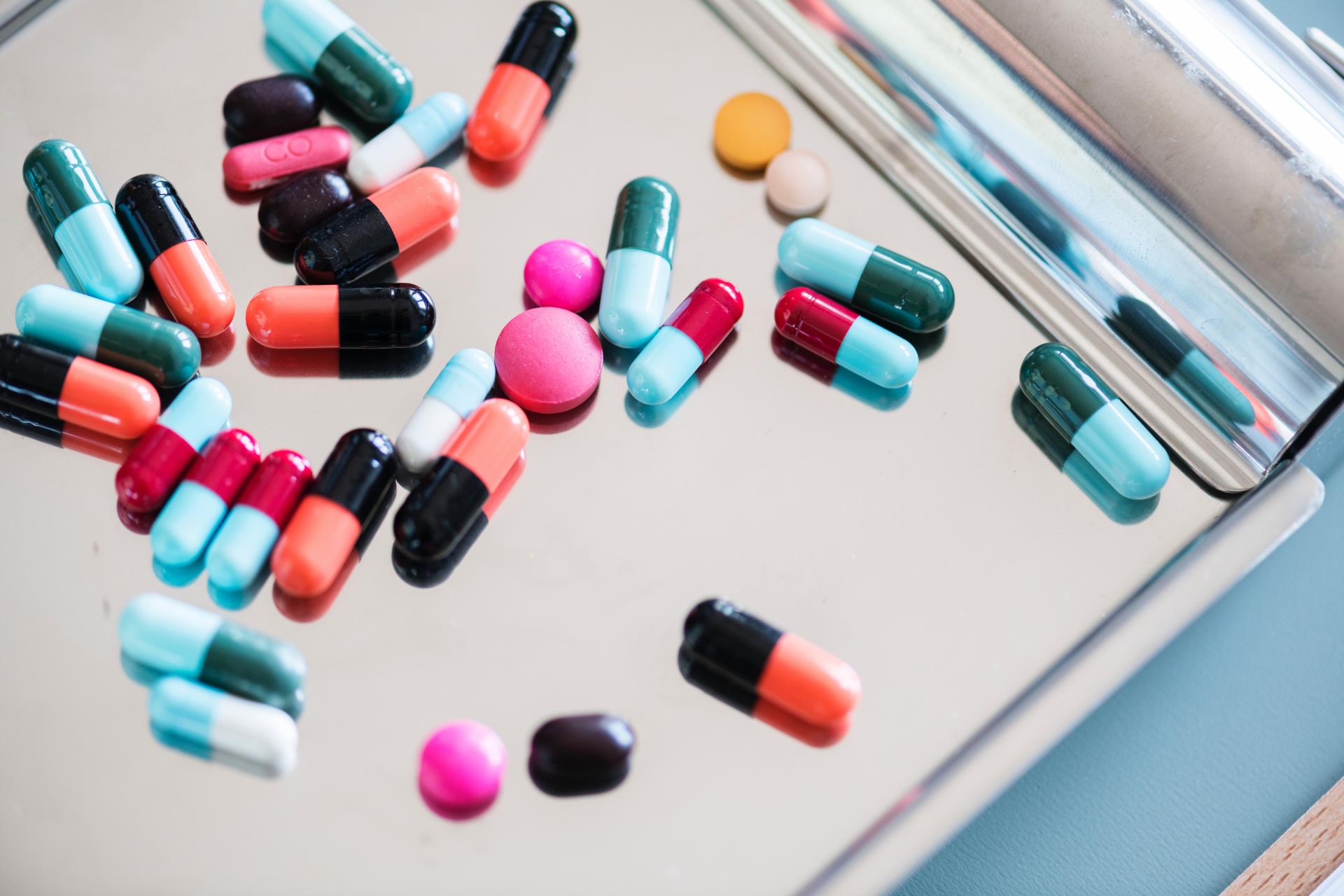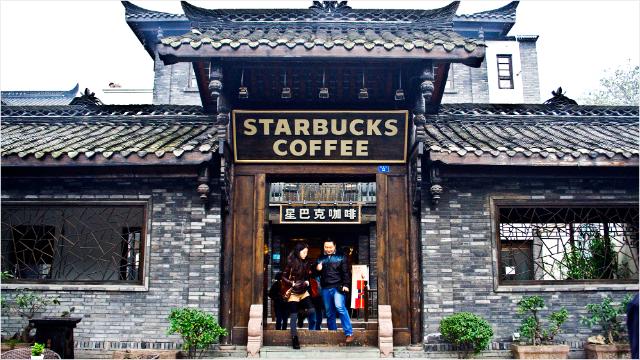

In recent years, the Pharmaceutical Naming landscape in China has witnessed remarkable growth, contributing significantly to its 11% share of the global pharmaceutical market. As the world’s second-largest pharmaceutical market, China follows closely behind the United States in terms of market size and influence.
Pharmaceutical Naming holds paramount importance in the realm of pharmaceutical quality assurance (QA) testing within China’s expanding market. Achieving a name that complies with legal standards is not only a fundamental requirement for drug standardization but also plays a pivotal role in the widespread acceptance and usage of pharmaceuticals. However, the significance of a well-crafted drug name extends beyond regulatory compliance, influencing product sales and bolstering the overall brand equity of pharmaceutical companies.
In this insightful article, we delve into the crucial role of Pharmaceutical Naming and its impact on brand protection and marketing performance. Discover how a meticulously chosen drug name can set pharmaceutical brands apart in the fiercely competitive market, offering a strategic advantage in today’s dynamic landscape. Elevate your understanding of the intricate relationship between pharmaceutical nomenclature and market success, exploring avenues for enhanced visibility and recognition in the ever-evolving industry.
In general, a listed drug is mainly composed of a chemical name, generic name and brand name:
Chemical names are the scientific names of the drug based on their molecular structures. They are typically very long and complex thus are mainly used by researchers and are usually not displayed on labels, instructions, or packages of the drugs. Generally, consumers, physicians, and pharmacists are better served by referring to the drugs’ generic and brand names.
Generic names, also known as International Non-proprietary Names (INN), are the official names of drugs throughout their lifetime. These are adapted from the chemical name, and are shorter and easier to pronounce. They can help the general public identify the right drug and avoid the risk of relevant parties issuing the wrong medication. Each INN is a unique, globally recognized public property. They are not exclusive thus can’t be applied as trademarks. In China, generic drug names follow national naming standards set by the Ministry of Health of the People’s Republic of China (MOH). They are based on the INN and formulated in conjunction with specific circumstances.
Brand names are names created by pharmaceutical companies and given to their drug products. They mainly serve to help customers with product identification. Different from chemical and generic names, brand names are not compulsory. Some manufacturers simply use the drug’s chemical, generic names or the name of manufacturer as the brand name when launching a new drug. This is the reason why there are many drugs on the market that have identical names and can’t be differentiated from one another. In situations like these, drugs can only be told apart by using other obscure information. This not only creates confusion for patients who don’t often have sufficient knowledge about the drugs, but also increase the chance of doctors making mistakes.
From a marketing, pharmaceutical branding and IP protection perspective, having a unique brand name can help build brand differentiation, form a healthier market competition environment, and maximize the brand equity protection for drug manufacturers. A memorable brand name can also help with enhancing the image of the company and build the reputation of its drug products.
In the next section, we will introduce the naming methodologies used in the creation of pharmaceutical names and identify the potential challenges companies will face during the process.

Due to the importance of brand names to drug products, pharmaceutical companies usually conduct extensive research as well as adopt multiple research approaches as an effort to evaluate a potential drug name. This includes:
Comparatively, drug brand names in China follows a strict regulation system. According to China’s State Food and Drug Administration (SFDA), the name “shall only be composed of Chinese characters permitted by the Trademark Law.” The character or the general term “shall not be used if it is expanding or suggesting the curative effect of the drug; indicating the treatment site; similar in pronunciation or form to the generic name of a drug.”
In general, a western drug will first confirm its alphabetic name before it is translated into Chinese. There are 2 main Chinese naming typologies for such drugs:
Most drug brand names in Chinese have the following characteristics:
There are also some typical naming features that can be observed in alphabetic brand names:
Legally, trademark registration is an optional step for drug brand names. Having the name trademarked, however, can provide the maximum protection for the brand and prevent any copycats from the pharmaceutical or adjacent industries in stealing your identity:
For example, “丁桂” is a class 5 (tablets, patches, ointments) trademark registered by Yabao Pharmaceutical Group in 2002. In August 2005, Yabao Group filed a complaint to Wuhan Industry and Commerce Bureau saying that Wuhan Sanchu Group used the similar name “丁桂宝” in the packaging of its drug products. This behavior infringes the exclusive right of the registered trademark “丁桂”. In January 2006, the Trademark Office ruled that the above-described behavior of Sanchu Group was classified as infringement.
In this case, Yabao Group managed to maximize its IP and brand equity protection through striving for trademark rights. In this way, legal fights and losses on manpower, material resources and finance are avoided.
In recent years, the economic environment has become more crowded and complex. One of the manifestations is the cross-category characteristics of enterprise management. At the same time, with the emergence of new business forms such as the APP and e-commerce, many companies choose not to confine themselves to the protection of the core trademark categories, but to obtain greater protection by expanding the radius of their trademark registrations. Based on this, we suggest manufacturers to take the following actions:

Source:STARBUCKS COFFEE
PCms do not have brand names. They usually communicate through generic names. There is a great diversity of pCm generic names: Liuwei Dihuang Pills (六味地黄丸), Chuanbei Pipa Syrups (川贝枇杷糖浆), Jianweixiaoshi tablets (健胃消食片), Anshen Bunao Liquid (安神补脑液), Tongfengding Capsule (痛风定胶囊) etc. This leads to the situation where different Chinese medicine available on the market can often be confused with each other. Therefore, naming for pCm calls for further name standardization, including the below:

In light of the continuous advancements in medical science and technology, coupled with the increasing health consciousness among the general public, the Chinese pharmaceutical industry anticipates sustained growth in the coming years. Establishing a consistent and standardized naming convention is now paramount, serving as the cornerstone for the proper utilization and distribution of pharmaceuticals. Pharmaceutical manufacturers must recognize the profound impact that drug naming, along with intellectual property (IP) protection, can exert on their enterprises. Recognizing the pivotal role a well-crafted drug name plays, manufacturers should prioritize it as a fundamental component of their pharmaceutical company’s marketing management. Discover the transformative influence that strategic Pharmaceutical Naming can have on shaping a company’s image and promoting its products in the competitive market.
A Labbrand Group Company © 2005-2024 Labbrand All rights reserved
沪ICP备17001253号-3* Will be used in accordance with our Privacy Policy
To improve your experience, we use cookies to provide social media features, offer you content that targets your particular interests, and analyse the performance of our advertising campaigns. By clicking on “Accept” you consent to all cookies. You also have the option to click “Reject” to limit the use of certain types of cookies. Please be aware that rejecting cookies may affect your website browsing experience and limit the use of some personalised features.